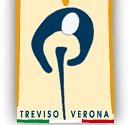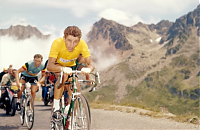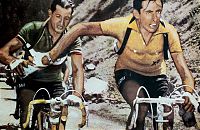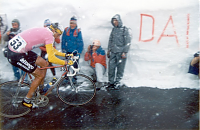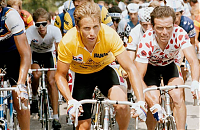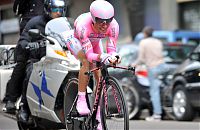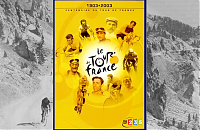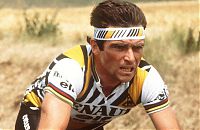Cecchi, The Giro To Give A Gift To His Children
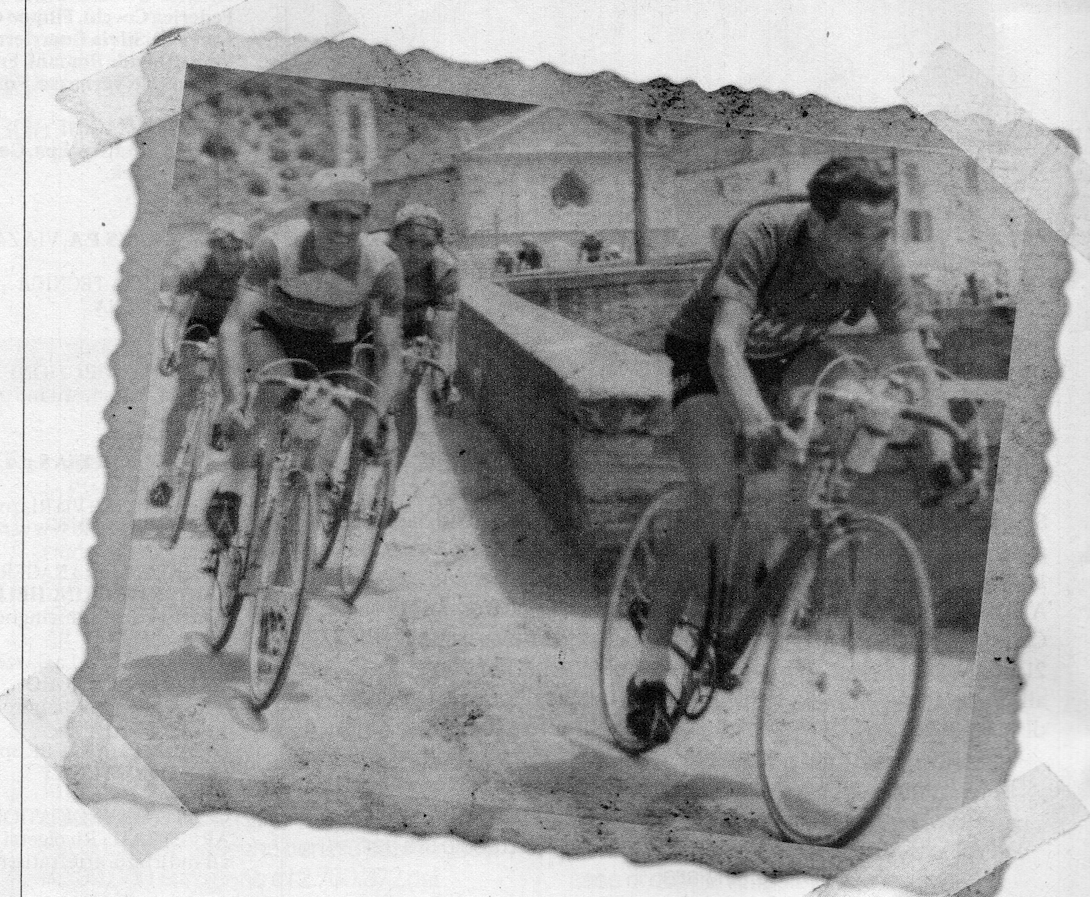
Sulle strade d’Italia Ezio Cecchi (1913-1984) participated in 11 editions of the Giro d’Italia. Here, during the 4th stage of May 26, 1950, the Livorno-Genoa.
In ’48, surprisingly, with 3 stages to go he was wearing the pink jersey, but it didn’t finish as he had hoped.
The race was won by Fiorenzo Magni, who took advantage of some “help” on the climb.

“scopino di Monsummano”.
- Byline Andrea Schianchi
(translated from Italian)
The 90 Year Old Cyclist : Benjamin Piovesan
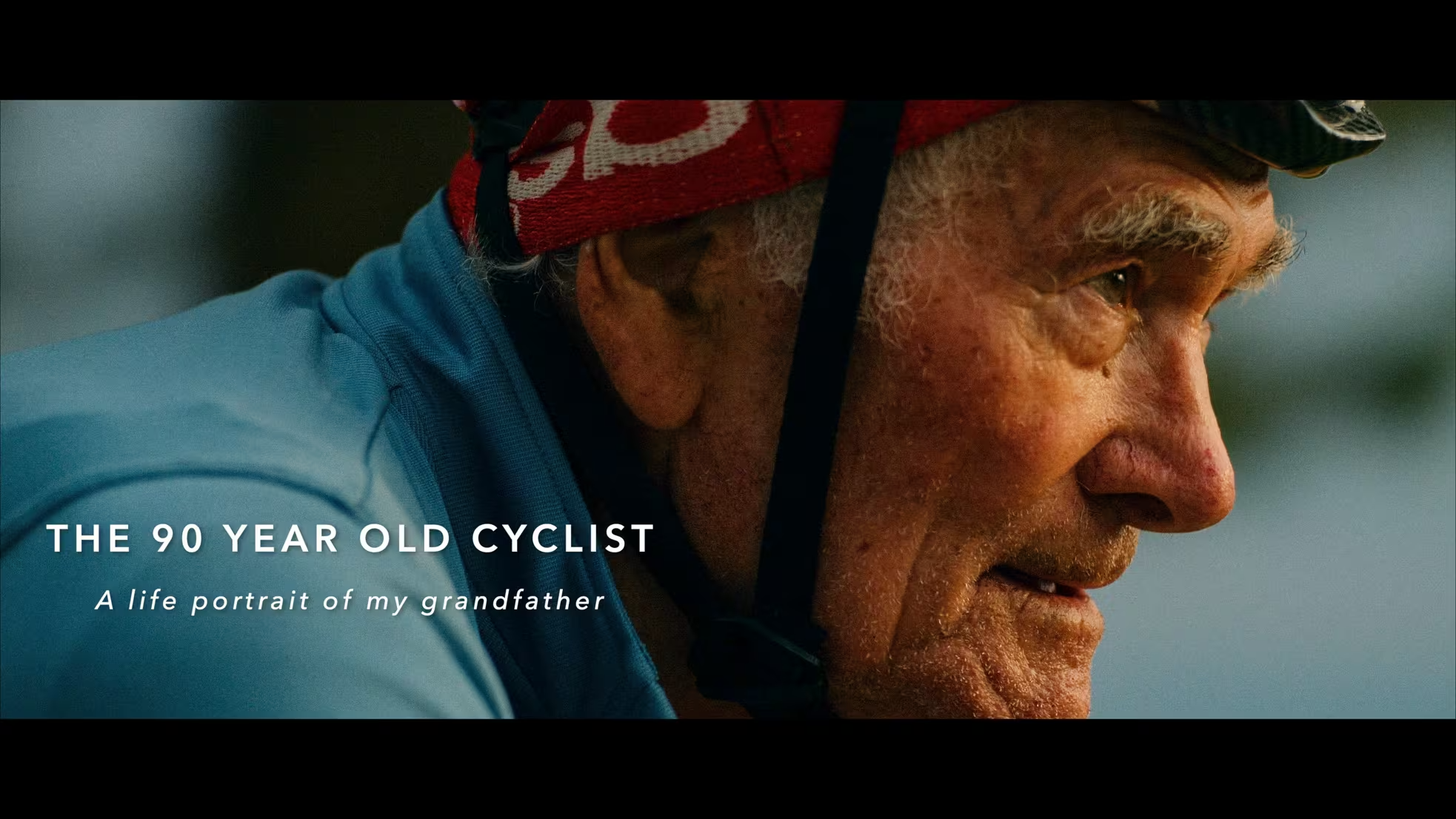

This is a film portrait of Florent Piovesan’s grandfather, Benjamin Piovesan, illustrated through his love of cycling. Benjamin immigrated to France, at the end of World War II, when he was 14 years old (approximately 1947) with his family who were looking for employment opportunities.
Growing up in France, Benjamin’s parents bought him a bike when he was young so he could come home to the family farm once a week from his work some 25 kilometers away. But then, life took over, and Benjamin didn’t ride for many years until his son, Patrick, got involved in serious cycling. Patrick bought his dad a road bike and Benjamin started cycling again.
Florent Piovesan:
“10 years ago I made a short documentary about my grandfather who was 80 at the time and still cycling everyday. The video was very well received and was even Staff Picked! This was my first proper short documentary and of course it was made with limited gear, experience and budget.”
The History Of Cycling
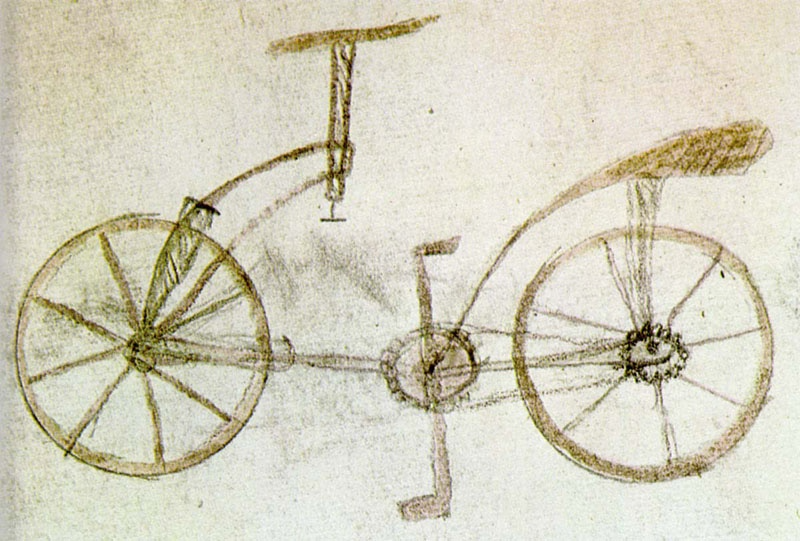
For many people, riding a bicycle was something they did as a kid, but it’s not something they did much of once they got into their teen years. For some, it’s because they got a car and could drive places instead of a bike. For others, it’s because they live in an area where bicycling isn’t an option—those out in rural areas with unpaved roads may not always be able to bike places. But with new inventions such as the electric bike and bicycles that are safer, more and more people are turning to bikes as a way of saving money and going green.
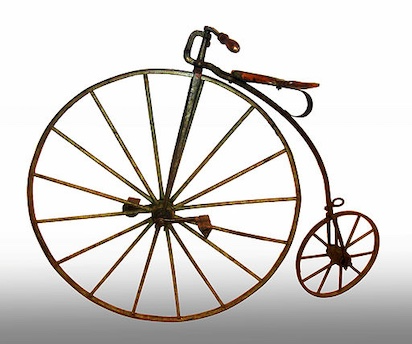
In 1868, the first documented bicycle race was held. Bikers racked 1,200 meters in the Park of Saint-Cloud in Paris.
In the U.S., bicycles were incredibly popular in the early 1900s. The oldest bicycle racing club, the St. Louis Cycling Club, was established in 1887 and continues to host races and other events today. However, by 1920, the practice of cycling quickly died out because of the automobile and the growth of larger suburbs. In Europe, cycling continued to go strong until the 1950s.
Today, though, more and more people are biking to work as a way of saving on gas, getting exercise, and because it’s fun.
Wikipedia: The History of Cycling – Brief history of the sport
History of the Bicycle – Where and how it was created
Cycling Timeline – Quick history of the bicycle and cycling
Fun Facts about the Bike – Including some historic information
Bicycle Museums – List of different museums around the world
» Read more
